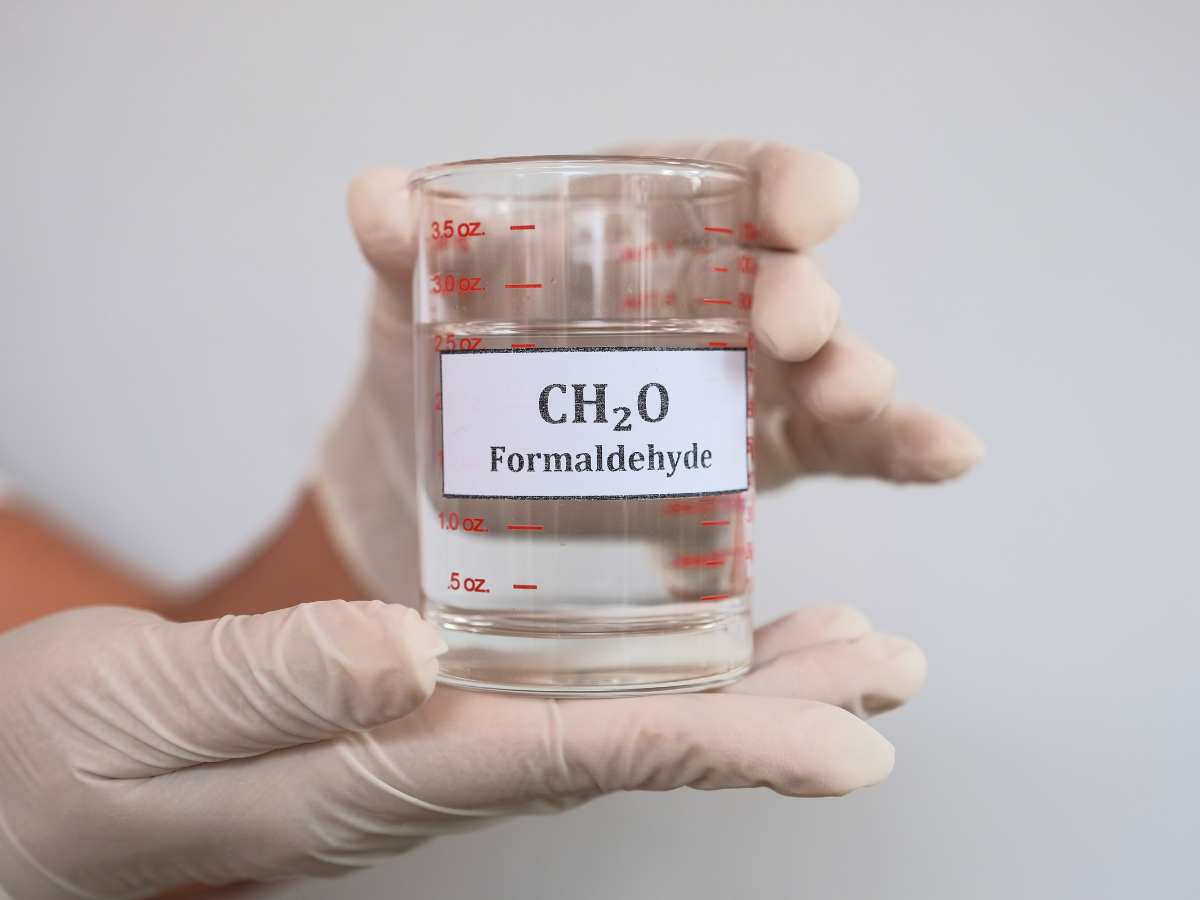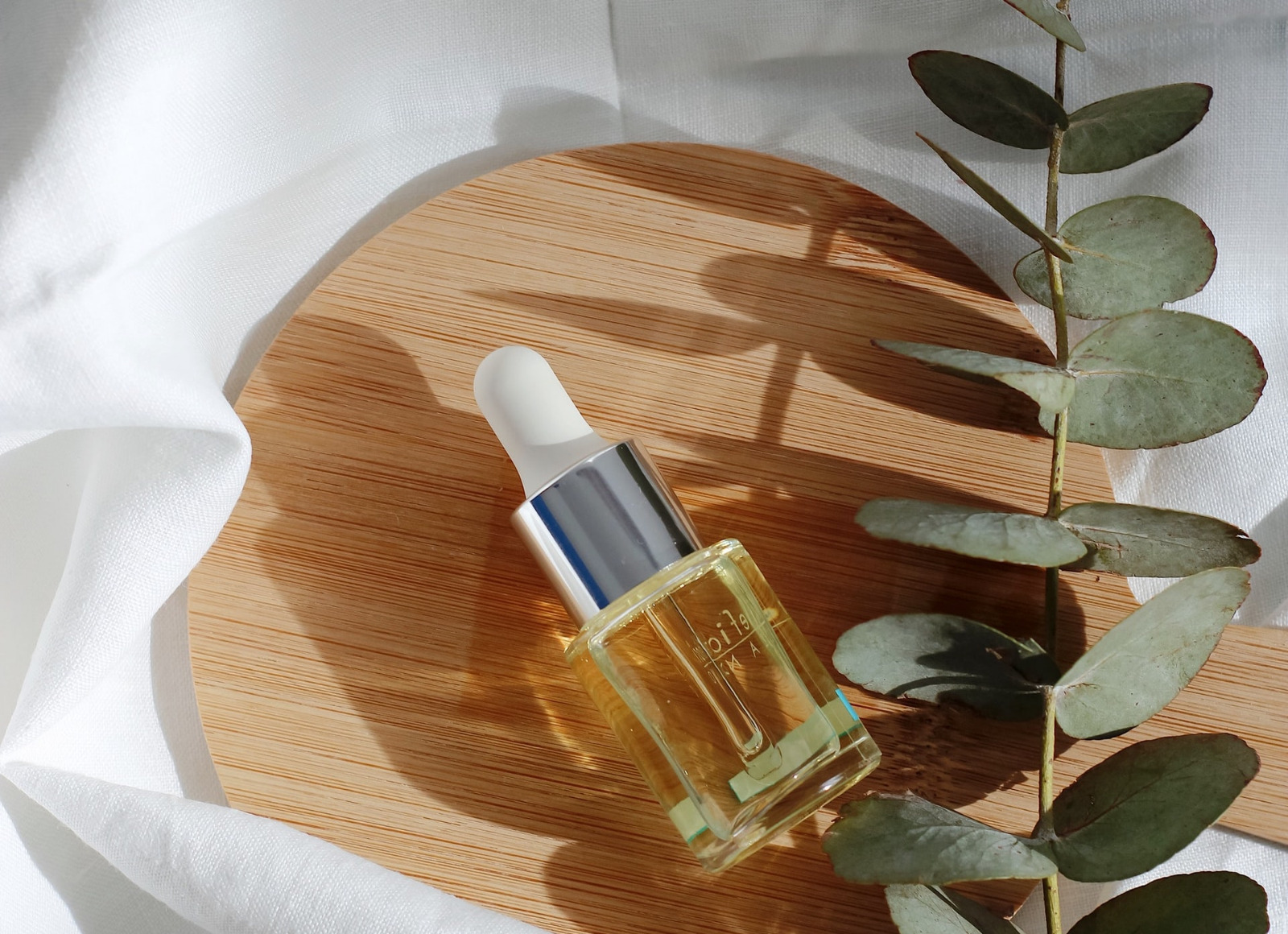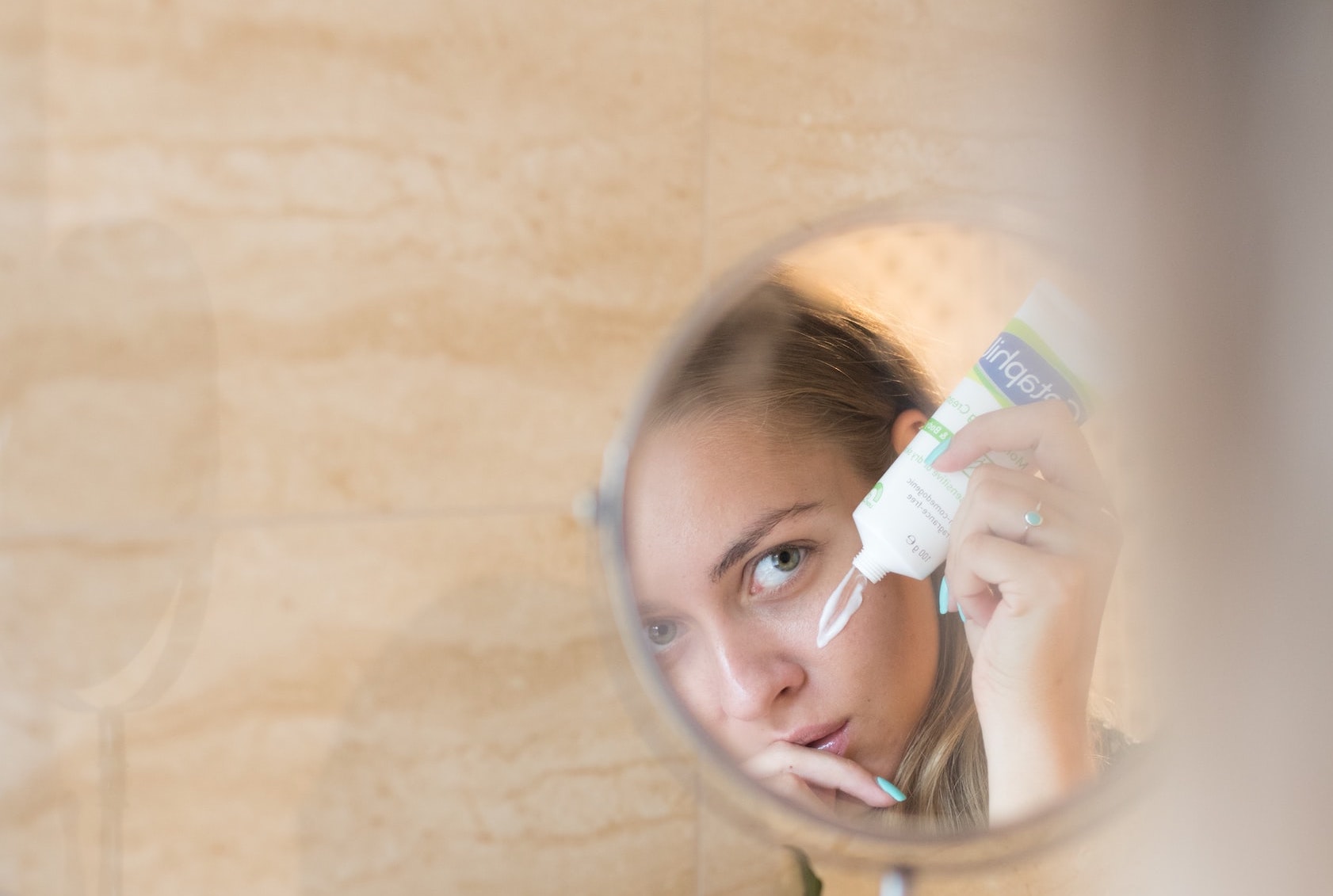Background
Formaldehyde is classified as a carcinogen (category 1B) and a skin sensitizer (Category 1), according to CLP Regulation (Regulation (EC) No. 1272/2008). According to the European Cosmetics Regulation (Regulation (EC) No 1223/2009), the use of formaldehyde is prohibited in cosmetic products, and it is included in Annex II (List of Substances Prohibited in Cosmetic Products, entry 1577).
Some preservatives (allowed in cosmetics and listed in Annex V of the Cosmetics Regulation) can gradually release Formaldehyde in order to fulfil a preserving function in the final cosmetic product and are called ‘formaldehyde releasers’.
In May 2021, the European Commission’s Scientific Committee on Consumer Safety (SCCS) published a scientific advice on the threshold for the warning ‘releases formaldehyde’ in Annex V (preamble point 2 for formaldehyde-releasing substances).
According to the preamble of Annex V (List of Preservatives Allowed in Cosmetic Products) of the Regulation, “All finished products containing substances which are listed in this Annex and which release formaldehyde shall be labelled with the warning “releases formaldehyde” where the total concentration of formaldehyde released in the finished product exceeds 0,001 % (10 ppm), irrespective of whether the finished product contains one or more substances releasing formaldehyde.”.
What’s new?
As previously announced in our previous articles (New Formaldehyde Threshold in Cosmetic Products ; Regulatory updates to cosmetic product regul that come into force in 2024), Point 2 of the preamble of Annex V to Regulation was replaced by the following:
“However, all finished products containing substances referred to in the first subparagraph which comply with Regulation (EC) No 1223/2009 as applicable on 30 July 2022 may be placed on the Union market until 31 July 2024 and be made available on the Union market until 31 July 2026.”
This means that, when the stated threshold is exceed, the warning “releases formaldehyde” is now mandatory for products placed on the market and will be mandatory for products made available on the market after 31 July 2026.








